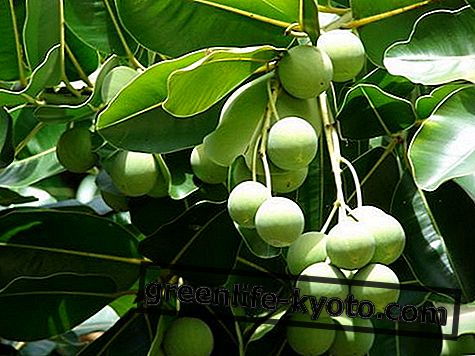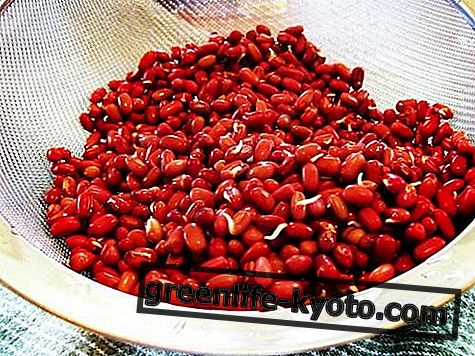
Red curry is a spicy and spicy condiment that is added to coconut milk or broth and is used to flavor vegetables, tofu and sauces.
Let's see the recipe for preparing red curry at home and how to use it in the kitchen.
Red curry: what it is and how it is prepared
Red curry is a variant of Thai curry, that is, Thai curry, a different seasoning from Indian curry as it also contains fresh ingredients as well as dried spices:
In fact, the red curry does not appear as a powder, but as a thick sauce similar to a pasta.
The red curry is prepared at the moment with shallots, garlic, ginger and chilli, it can be more or less spicy and there is no single recipe: each one adapts the doses of the ingredients to their own tastes, adding or removing spices or changing quantities.
Here is one of the many variants of red curry from which to start your recipe.
Ingredients
> 1 shallot
> 2 cloves of garlic
> 3 cm of clean ginger root
> citronella
> 1 or 2 fresh peppers
> 2 tablespoons of tomato sauce
> 1 teaspoon of sugar
> 1 teaspoon of cumin powder
> 1 teaspoon of coriander powder
> 1 tip of white pepper
> 1 point of cinnamon
> 3 tablespoons of coconut milk
> 2 tablespoons of lime juice
Preparation
The process for preparing red curry is very simple : all the ingredients must be placed in the food processor and minced for a few minutes until a homogeneous and dense mixture is obtained.
Once ready, red curry can be used to prepare various savory recipes.
Red curry, how to use it in the kitchen
Red curry is used to flavor white meat, fish, tofu or vegetable dishes accompanied by rice, adding it to the recipe you want to prepare; for example, to cook a dish of tofu and red curry, heat a tablespoon of oil in a pan, add the tofu and sauté for a few minutes, then add the curry.
After a couple of minutes, add half a can of coconut milk or broth and finish cooking.
Red curry is therefore a condiment to add to stewed vegetables, pan-fried tofu, noodles or soups with broth or coconut milk, but it can also be combined with yogurt or mayonnaise to prepare tasty sauces to dress salads or vinaigrette.













